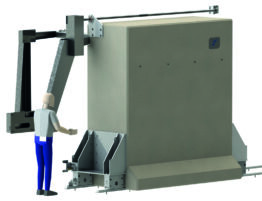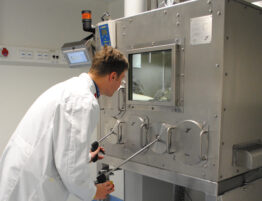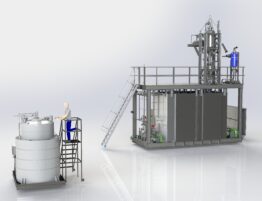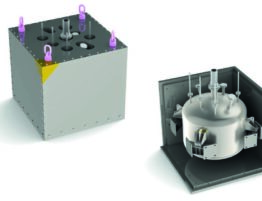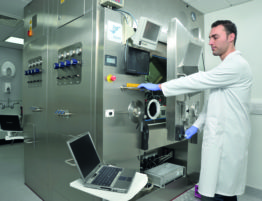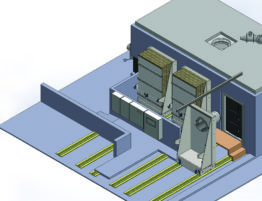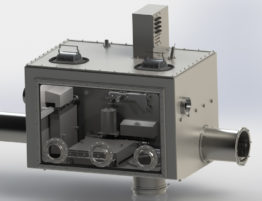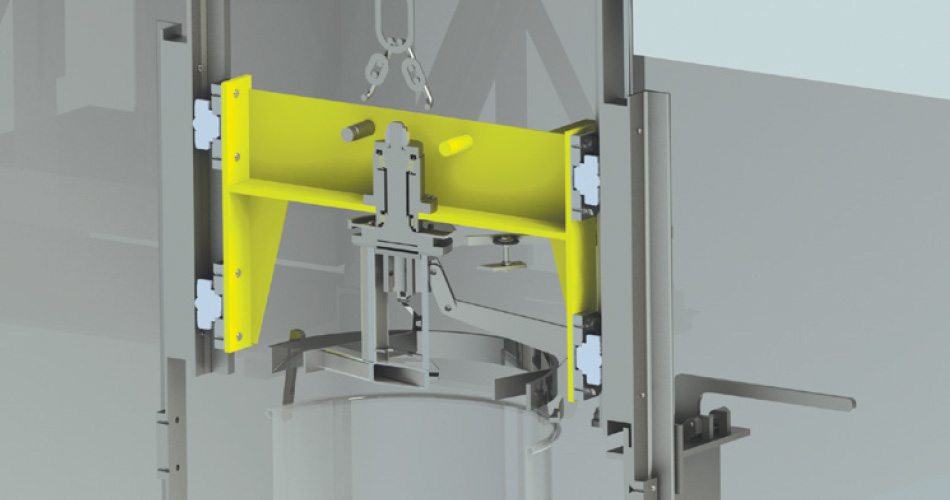
Project details
Category: Shielded Facilities
Status: Complete
Client: Canberra – UK Site DSRL
For more information:
Aims and Objectives
Aquila won the contract to design, manufacture, factory test, install and commission, two assay handling systems to be integrated into a waste retrieval and conditioning process at Dounreay Site Restoration Limited (DSRL). A design requirement was that the systems had to complement the Canberra UK designed assay systems and maximise their effectiveness.
About the client
Dounreay Site Restoration Limited (DSRL) is the site-licensed company responsible for the clean-up and demolition of Britain’s former centre of test reactor research and development.
DSRL is a wholly owned subsidiary of Cavendish Dounreay Ltd, a consortium of Cavendish Nuclear, CH2M and AECOM, and is funded by the Nuclear Decommissioning Authority (NDA) to deliver the site closure programme.
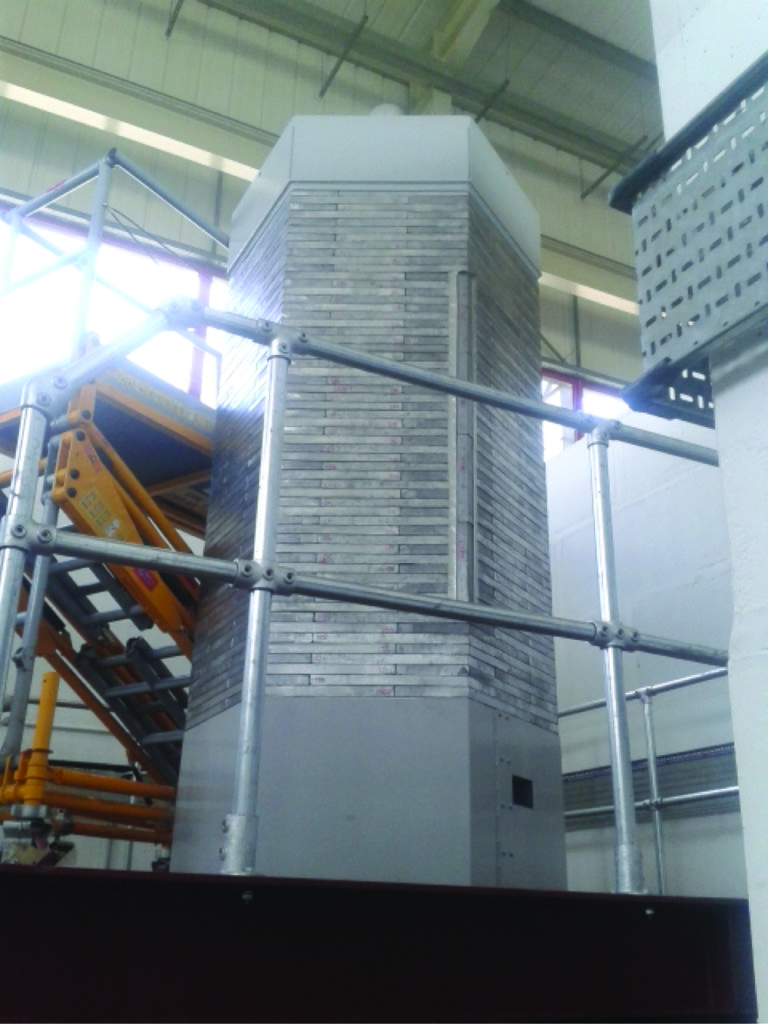
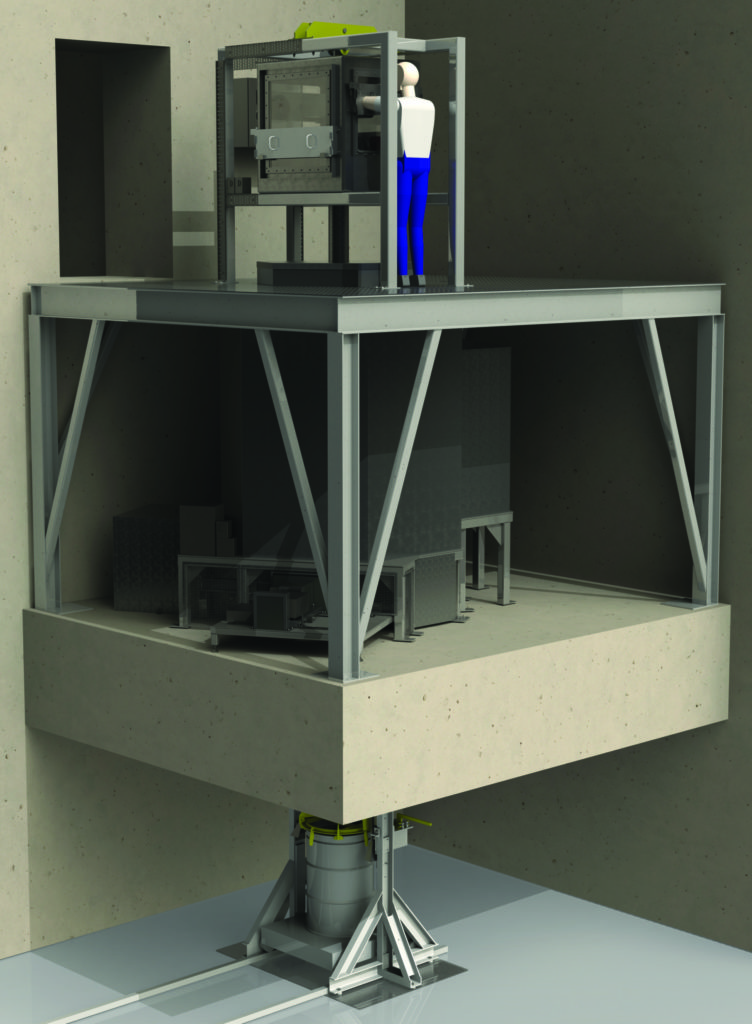
Project Overview
Aquila began the contract with a feasibility study on methods available to manipulate the drum during assaying. A scheme design was developed employing Commercial Off-The-Shelf (COTS) items, where possible, and avoiding novel solutions in line with DSRL Technical Readiness Level (TRL) guidelines. Aquila had considerable restrictions to address, with a design life of 10 years and limited or no access for equipment maintenance. Canberra UK conducted extensive system modelling to determine the arrangement and sensitivity of the assay systems and finalised the shielding and system geometry requirements.
Aquila integrated all the requirements in the design and managed the manufacture, factory and site installations. Canberra UK and Aquila held face-to-face project and design review meetings every month, maintaining excellent communications, ensuring expectations were clear and all actions addressed.
Once Aquila had commissioned the complete handling system in the Canberra UK facility at Harwell, Oxfordshire, it handed the plant over for Canberra UK to conduct an extensive programme of active testing and calibration, prior to the plant being installed for the final time in a new facility at DSRL.
Summary
Aquila provided the 3D design solution for the mechanical and electrical system together with Canberra for the radiometrics during the bid process.This is the normal approach adopted by Aquila when tendering to a functional specification. This approach enables and allows for:
- Accuracy in design and manufacturing pricing
- Accuracy in selection and pricing of major bought out items
- Confidence with our clients being able to see the 3D concept together with a full technical description.
- Validation and gap analysis of functional specification and solution offered.
The plant is situated on top of a concrete shielded Process Cell, where the waste undergoes sorting and processing before being loaded into drums. When ready for collection by the Assay Handling Equipment, a drum grab is lowered through an aperture in the floor. The drum is lifted through the aperture into a stainless steel containment where the assaying routines take place, involving various raise, lower and rotate operations.
The Lower Containment is shielded on all walls and the roof with 4” of lead. 300mm of HDPE shielding is included around the lead for neutron moderation and for housing the instrumentation used for the assaying.
An additional 100mm layer of graphite is included on the roof, to reflect neutrons back into the chamber.
The drum is collected using a self-actuating mechanical drum grab and lifted into the Lower Containment. The drum carriage runs on rails to guide the position, reacting to any forces resulting from offset drum loading, and to resist the drum-slewing torque generated when the drum is rotated during assaying.
All raising and lowering is undertaken using an electric chain hoist suspended in a glove box (Upper Containment), positioned on top of the Lower Containment. The Upper Containment also houses the slewing drive mechanism. Access to the Upper Containment is via the Support Platform, which also allows for removal of the assaying instrumentation from within the HDPE shielding assembly.

